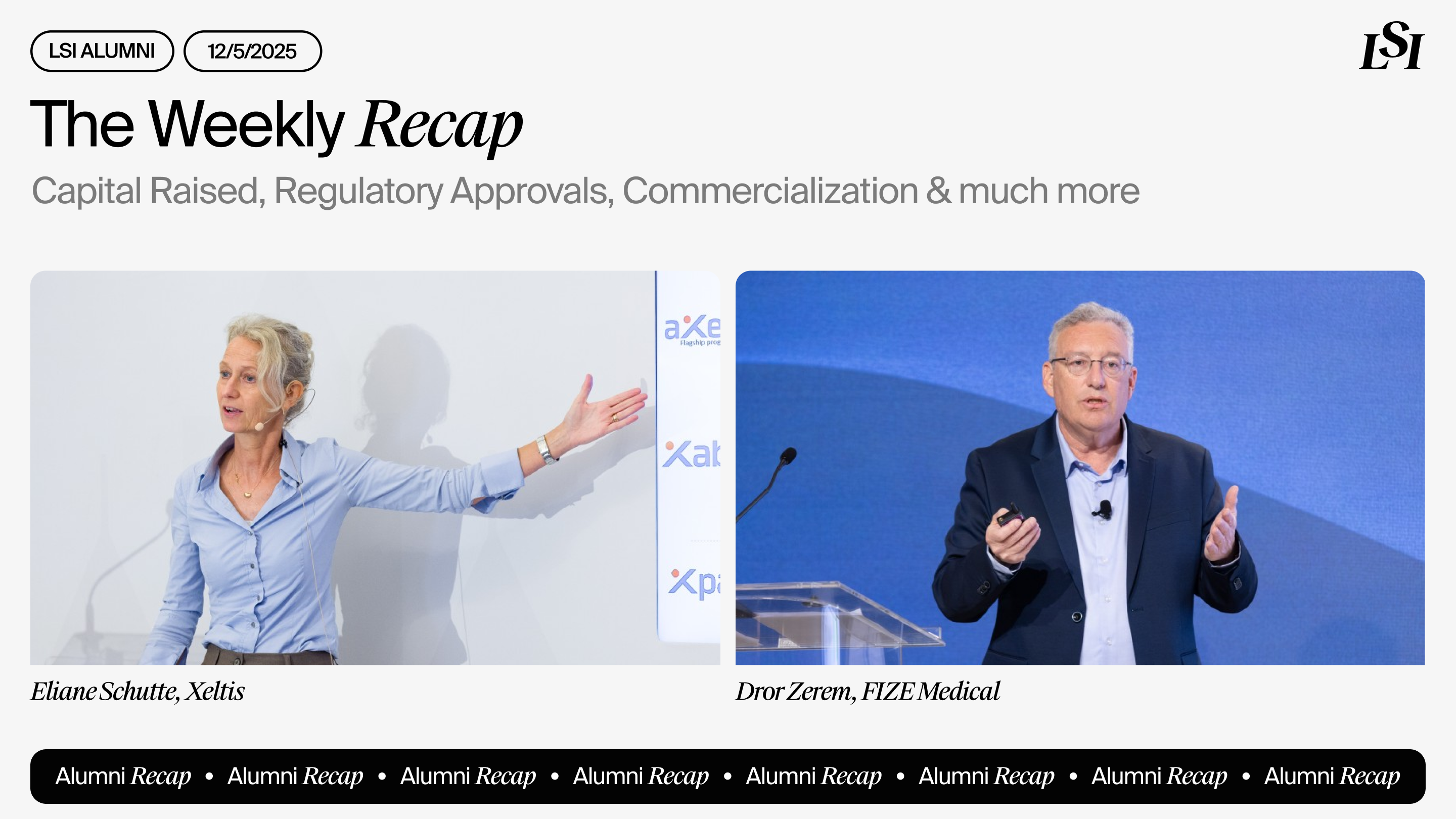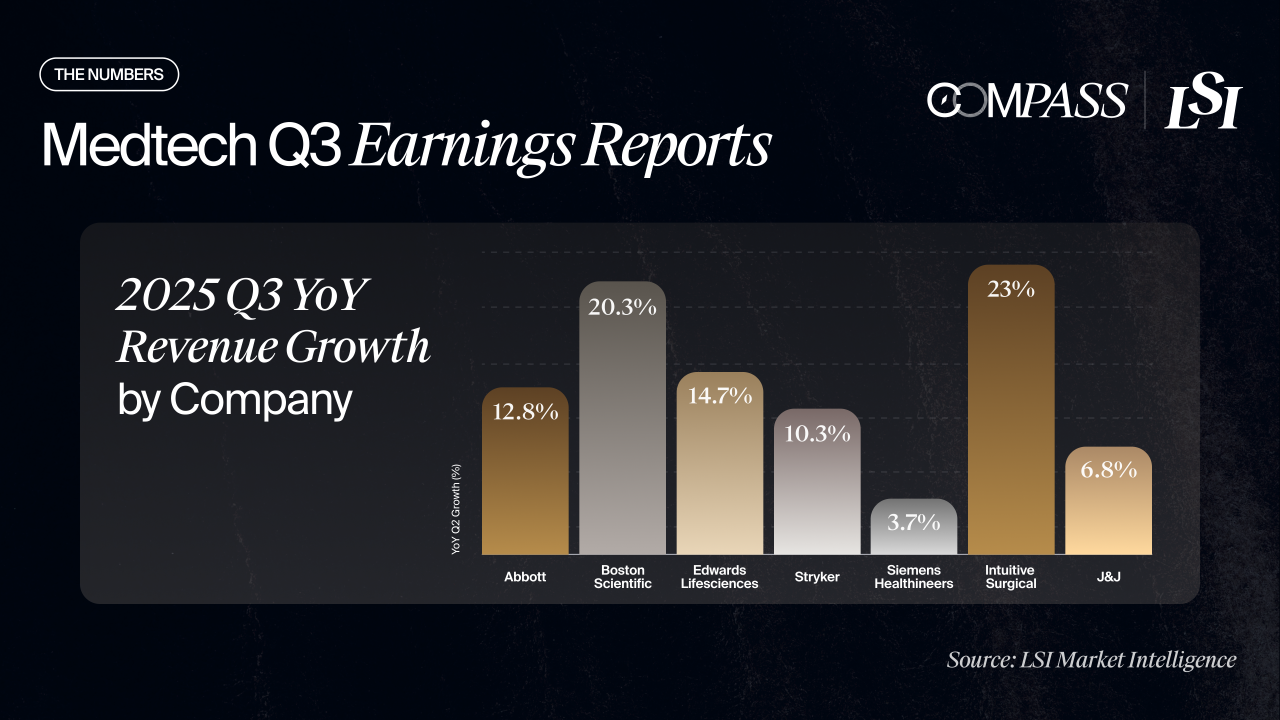
Eduardo Fonseca leads not one but two groundbreaking medtech companies, XCath and EndoQuest Robotics, each pioneering advancements in robotic surgery and endovascular interventions. Though distinct, these companies share a common thread: leveraging robotics to enhance precision, access, and patient outcomes.
Fonseca’s dual leadership role is a testament to the transformative potential of these technologies and the shared vision across both organizations. “What excites me is the opportunity to work with incredibly passionate KOLs and see the real impact we can have on patient lives,” Fonseca shared. “Both XCath and EndoQuest are developing platform technologies that could fundamentally change their respective fields, much like Intuitive Surgical did with the OR when they started verticalizing their product offering.”
As both companies enter pivotal clinical stages, their impact on intracranial endovascular treatment and endoluminal scar-free surgery could reshape entire treatment paradigms.
Origin Story: One Lab, Two Companies
XCath and EndoQuest Robotics share a common origin, both spinning out of the University of Texas Microsurgical Robotics Lab in 2017. Initially part of the same research initiative, the two companies eventually diverged into separate commercial entities, each focusing on a distinct technological application.
XCath is developing next-generation intracranial endovascular robotics, while EndoQuest Robotics is pioneering scar-free flexible robotic surgery that could revolutionize how soft tissue surgeries are performed.
Fonseca first joined the board of both companies in 2019, later stepping in as CEO of XCath in 2023 and Interim CEO of EndoQuest in 2024. “I feel incredibly blessed to be working with such passionate teams,” Fonseca noted. “Some of our colleagues spend so much time traveling between our campuses and clinical sites that they don’t even keep a permanent home address anymore. That level of dedication speaks volumes about what we’re building.”
The Current Landscape: Addressing Two Unmet Needs
XCath: Transforming Stroke Treatment Through Endovascular Robotics
Stroke remains one of the leading causes of death and disability worldwide, affecting 15 million people annually, with 5 million deaths each year. Mechanical thrombectomy—a procedure to remove blood clots from the brain—has been proven to dramatically improve survival and recovery, yet access remains severely limited.
“On some accounts, only 2.8% of stroke patients have access to mechanical thrombectomy,” Fonseca explained. “It’s one of the most effective treatments in medicine, yet also one of the least available. We believe endovascular telerobotics is the way to change that. Given the intersection of a multitude of technical disciplines required to make remote stroke cases practical, we have started by addressing the most difficult element of the procedures: precision intracranial navigation.”
Current stroke interventions rely on highly trained specialists operating in major hospitals, leaving rural and underserved areas without adequate treatment options. XCath’s robotic system aims to bridge that gap, enabling remote specialists to perform life-saving thrombectomies from hub and spoke commercial models.
EndoQuest Robotics: The Next Chapter in Minimally Invasive Surgery
The evolution of surgery has progressed from open procedures to laparoscopy, then to robotically assisted laparoscopy—the domain of Intuitive Surgical’s da Vinci system. Fonseca is convinced the next leap will be flexible endoluminal robotics, allowing physicians to perform complex procedures through natural orifices and eliminating the need for incisions altogether.
“This is the next frontier of minimally invasive surgery: the least invasive approach possible,” Fonseca said. “The current standard of care is to cut through healthy tissue to access treatment sites. EndoQuest aims to eliminate that entirely.”
EndoQuest’s 18mm-diameter flexible endoscope is designed to access both upper and lower GI tracts, delivering a full suite of surgical tools to perform procedures once thought impossible without cutting through healthy tissue.
“The goal isn’t just to refine existing procedures; it’s to create an entirely new class of procedures,” Fonseca added.
Inside the Innovation
XCath: Intracranial Precision and Stroke Care
XCath’s robotic system is designed for ultra-precise intracranial navigation, allowing clinicians to remotely advance guidewires, catheters, and treatment devices through the vasculature.
“We focus on two key endpoints: precision placement of intracranial treatment devices and telerobotic capability,” Fonseca explained. “We’re developing the ability to precisely treat the most complex neurovascular diseases and ultimately provide remote treatment to stroke patients, expanding access to life-saving care worldwide.”
EndoQuest: Bringing Flexible Robotics to the OR
EndoQuest’s fully flexible robotic system gives physicians an unprecedented level of control, enabling them to perform procedures that previously required laparoscopy or open surgery.
Unlike existing rigid laparoscopic and robotic instruments, EndoQuest’s system adapts to varied anatomical pathways, ensuring better access to deep-seated disease areas while preserving healthy tissue.
Fonseca described the impact this could have: “Seeing the pain and recovery process from a colectomy was incredibly motivating. Technology can and should prevent many of these procedures.”
Progress and Milestones
XCath: First-in-Human Trials and Commercialization Roadmap
XCath is making rapid strides toward clinical validation and commercialization, with first-in-human trials of endovascular intracranial treatment next month. This milestone will be essential in demonstrating the precision and effectiveness of its robotic system for the next generation of endovascular intracranial treatment.
A major recent milestone for XCath was the world’s first public demonstration of a remote mechanical thrombectomy. In a live procedure, Dr. Vitor Pereira successfully performed a thrombectomy from Abu Dhabi on a simulated patient model in South Korea, demonstrating the potential for real-time remote stroke intervention.
“The ability to conduct mechanical thrombectomies remotely will be critical in democratizing access to stroke care,” Fonseca said. “Today, these procedures are only available at a limited number of stroke centers. Our robotic system could change that, allowing physicians to treat patients in underserved regions around the world.”
EndoQuest: IDE Approval and Multicenter Trials
EndoQuest reached a major milestone in November 2024 when it received FDA IDE approval after filing in October. This approval allows the company to proceed with a five-center clinical trial beginning early this quarter. This follows the acceptance of EndoQuest in the FDA’s Safer Technologies Program (STeP) in December 2022.
With 40 successful cases already completed, this next phase of clinical validation will be critical in demonstrating the safety and effectiveness of its flexible robotic system. “This is a pivotal step toward providing truly scar-free surgery,” Fonseca noted.
The Role of South Korea in Both Companies’ Growth
XCath and EndoQuest maintain headquarters in the Texas Technology Park and R&D campuses in South Korea, a strategic decision that has allowed them to accelerate R&D while optimizing costs.
“Korea offers an incredible ecosystem for robotic engineering talent and suppliers, which has helped us move at an unprecedented speed,” Fonseca explained. “Having a near 24-hour R&D cycle has given us a major advantage.”
XCath and EndoQuest are significantly growing their R&D efforts, hiring over 90 engineers in South Korea to support product development and preparations for commercial-scale manufacturing. “We’re ensuring our technology is designed for real-world clinical use—optimizing for cost, efficiency, and reliability,” Fonseca said. With these advancements, the company is laying the groundwork for successful market launches in the coming years.
Market Insights
Access to appropriate and timely stroke care remains one of the largest causes of stroke-related mortality today. Even in developed countries, like the United States, less than 25% of ischemic stroke cases are treated today. The solutions being developed by companies like XCath could transform the stroke market in terms of the lives saved and market growth.
According to LSI’s Market Analysis and Projections database, a global device market sizing database, the global market for neurovascular devices was valued at $3.5B in 2024. Within the $62.5B cardiovascular devices market, there is ample room for growth as the burden of stroke exceeds 15 million incident cases each year.
As for surgical robotics, the opportunity is nothing short of massive. In 2024, according to our Global Surgical Procedure Volumes database, the global volume of applicable ENT, general, OB/GYN, and urologic procedures totaled approximately 90 million. Expanding the lens to include procedures performed via an open approach across these categories places the volume of applicable procedures in excess of 100 million procedures worldwide.
Laparoscopic surgery has transformed the way patients are treated. Still, port-based procedures where an entry port is created require a minimum of four to six weeks to recover from and often leave patients with scars and pain to manage.
Endoluminal surgery promises to take this recovery down substantially, from weeks to days in the case of some types of surgery. All of this can translate to faster discharges, better patient outcomes, and improved quality of life.
Join Us at LSI USA ‘25
Fonseca has been selected to present at LSI USA ‘25 this March 17-21 in front of hundreds of global medical technology companies. Join us in welcoming Fonseca to the event in Dana Point, CA, where he will share the latest updates on XCath’s technology and development.

Schedule an exploratory call
Request Info17011 Beach Blvd, Suite 500 Huntington Beach, CA 92647
714-847-3540© 2025 Life Science Intelligence, Inc., All Rights Reserved. | Privacy Policy










